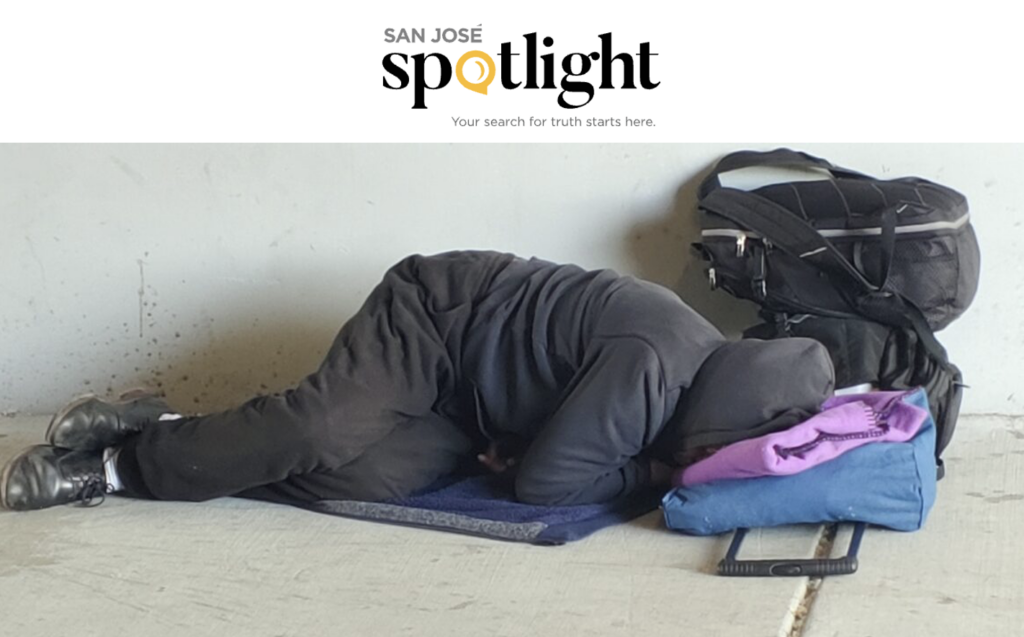As a 35-year veteran of law enforcement I know both the healing power of substance abuse treatment and the danger of releasing those from jail or prison whose untreated addictions drive them to hurt themselves and others with alarming regularity.
California once used proven drug courts to require treatment for many involved in the criminal justice system for non-violent offenses, which saved money, lives and protected communities. Authoritative studies show you can save up to $7 for every dollar invested in drug treatment. But as a retired deputy sheriff I know first-hand that those savings require making sure people actually agree to seek — and stay in — treatment programs.
Before Prop. 47 passed in 2014 judges could give non-violent individuals the chance to avoid prison or jail by successfully completing treatment. But in the years after Prop. 47 passed, participation in drug courts immediately dropped by over two-thirds — and participation rates have never recovered. The costs and consequences of taking away mandatory treatment are now clear. That’s why there has been a bipartisan surge of support for Prop. 36 on the November ballot — because it brings back common-sense and compassionate tools we need to save lives and protect communities.
Opponents of these reforms cite small costs, but they completely ignore both the massive savings gained by requiring treatment and the significant costs paid by consumers in the form of higher bills at the check-out counter — costs that amount to a regressive tax because they hurt low-income consumers the most.
Under Prop. 47 retail thefts below $950 carry essentially no consequences. This lack of reasonable consequences for retail theft has led to a spike in these crimes, and cost consumers nearly $8 billion per year in California alone. That’s $200 for every person in our state per year.
And as we total the human and financial costs of Prop. 47 it is important to remember that one of the most damaging unintended consequences of this measure was the dramatic rise in California’s homeless population. Homelessness in California is up 60 percent since the passage of Prop. 47, even though it is falling in most other states. It costs local communities $50,000 or more to “manage” one unsheltered homeless person — from hospital visits, paramedic runs, to trash pick-ups and the many services and interventions required to address our homelessness crisis. And life on the streets for our homeless neighbors is hard, dangerous, and all too often deadly. According to one in-depth study the life expectancy of a homeless person is 27 years shorter than a housed individual, and one researcher called the shocking rate of homeless deaths “comparable to something like a natural disaster or war.”
It is not a crime to be homeless. Over 50 percent of homeless individuals have been involved with the criminal justice system and a far higher percentage of homeless residents suffer from substance abuse. We once saved lives — and avoided billions in spending — by using the interaction between homeless individuals and the criminal justice system to require life-saving treatment. Prop. 36 brings that back.
The opponents of these sensible reforms claim, incorrectly, that it is a return to the era of mass incarceration. Even the most pessimistic estimates forecast that the prison population statewide could rise by approximately 2,000 if Prop. 36 is adopted. That is hardly a return to mass incarceration.
Prop. 36 can save lives, save money, protect immigrant communities and help bring our homeless neighbors off the streets. That’s the definition of a compassionate policy and I encourage Californians to review these facts before they vote in November.
Joe Lopez is a retired deputy with the Santa Clara County Sheriff’s Office. He is running for the San Jose City Council District 2 seat.

